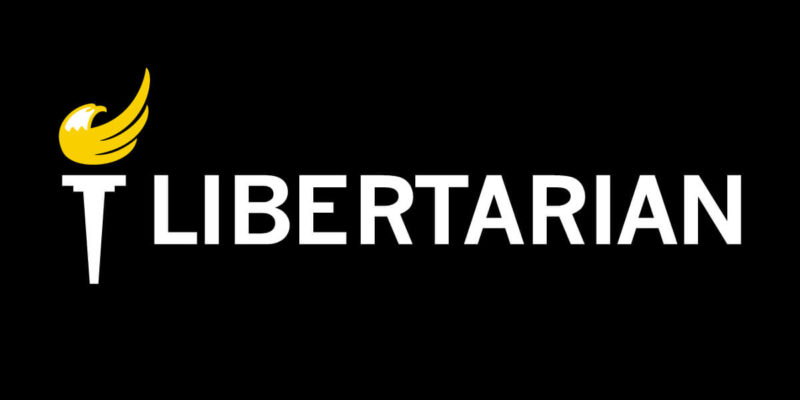Author: John Pickerill
Publication: Pueblo Chieftain
Date: 12/28/18
Editor’s note: The figures cited by Pickerill in this article were independently verified by our editorial staff.
Well the 2018 general election is finally over and Democratic Party candidates won almost every race on the ballot here in Pueblo County. They now control both chambers of the state legislature, the governor’s office, every statewide elected office, and almost every Pueblo County elected office.
With such a wave of victories you would think that Democratic Party policies, and the tax and spending increases that go with them, are most popular with voters. Well not so fast. If that’s the case, then why did voters reject every single tax increase proposal on the ballot?
There’s something else going on, and following the money is a good way to bring it into focus.
For example, let’s look at campaign finance reports for state legislative races in Pueblo County for the general election. According to TRACER, the Colorado campaign finance database, campaign spending during the general election season (June 28 to Nov 6) was as follows:
In State Senate District 3, Democrat Leroy Garcia spent $77,882 and received 39,768 votes ($1.96 per vote) while Libertarian John Pickerill spent $2,400 and still received 14,253 votes ($0.17 per vote).
In State House District 46, Democrat Daneya Esgar spent $76,161 and received 20,556 votes ($3.71 per vote) while Republican John Ambler spent just $1,578 and received 14,436 votes ($0.11 per vote).
In State House District 47, Democrat Bri Buentello spent a whopping $131,805 and received 16,324 votes ($8.07 per vote) while Republican Don Bendell spent $12,895 and received 16,003 ($0.81 per vote).
These are astounding statistics. So why is it that Democratic candidates had to spend ten times more money compared to the votes they received? Based on TRACER data, the answer seems to be to deny voters information about their opponent and to completely flood voters with information about just the Democratic candidate so that their opponent’s message gets lost in the noise. Looking at the obscene amount of money Democrats spent:
Garcia spent $42,673 on TV commercials, $14,472 on direct mail, $3,172 on billboards, and $2,730 on yard signs.
Esgar spent $47,089 on direct mail, $6,250 on newspapers ads, $5589 on campaign staff payroll, $3,021 on Comcast ads, and $2,177 on yard signs.
Buentello spent $60,866 on direct mail, $38,104 on consulting, $15,890 on media ads, and $2,656 on newspaper ads.
I know, you’re thinking, “So what. Doesn’t more campaign contributions merely mean those candidates had more support from individuals in their district?” No, not according to TRACER data.
Very little of their campaign funds came from individual voters in the districts these elected officials are supposed to represent. Sure, Garcia received $40,416, but only 7% of that ($2,770) came from individuals within Senate D3. Esgar received $54,989 but only 16% of it ($8,529) from individuals within House D46. Buentello received a whopping $98,262 but only 4% of that ($3,579) from individuals within House D47.
So where did all that money come from?
According to TRACER, all three candidates received their biggest contributions from labor unions, Denver special interests and lobbyists, and no small amount from Washington, D.C. and California lobbyists. And since very little of their money came from individuals in their own district, it’s reasonable to assume these three candidates will serve special interests before they will the interests of their constituents.
Had it not been for this special interest money, the voters might have heard more equally from both candidates of each race. In light of this unfair advantage, the Democrats actually did quite poorly.
For example in the Senate District 3 race, a third-party candidate beat Democrat Leroy Garcia in several precincts, even though he was out-funded $77,882 to $2,400 and has only lived here for a year. Garcia is a Democrat in a Democrat-dominated county, who has lived here his whole life, and who ran as the minority leader in the state senate. In House District 46, how did Daneya Esgar lose every precinct in Pueblo West and only get 59% of the overall District 46 vote despite outspending her opponent $76,161 to $1,578? In House District 47, why did Bri Buentello have to spend $131,805 to her opponent’s $12,895 just to receive about the same number of votes?
No, this was not an overwhelming Democratic Party victory. This was merely special-interest money meddling in our election. (And to be fair, the Republican Party is just as bad whenever they control state government, based on my experience in my home state of Indiana).
John Pickerill is the former Libertarian candidate for State Senate District 3 and a regular contributor to The Pueblo Chieftain. He advocates for individual liberty, free market economics, private property rights, and Constitutionally-limited government.

